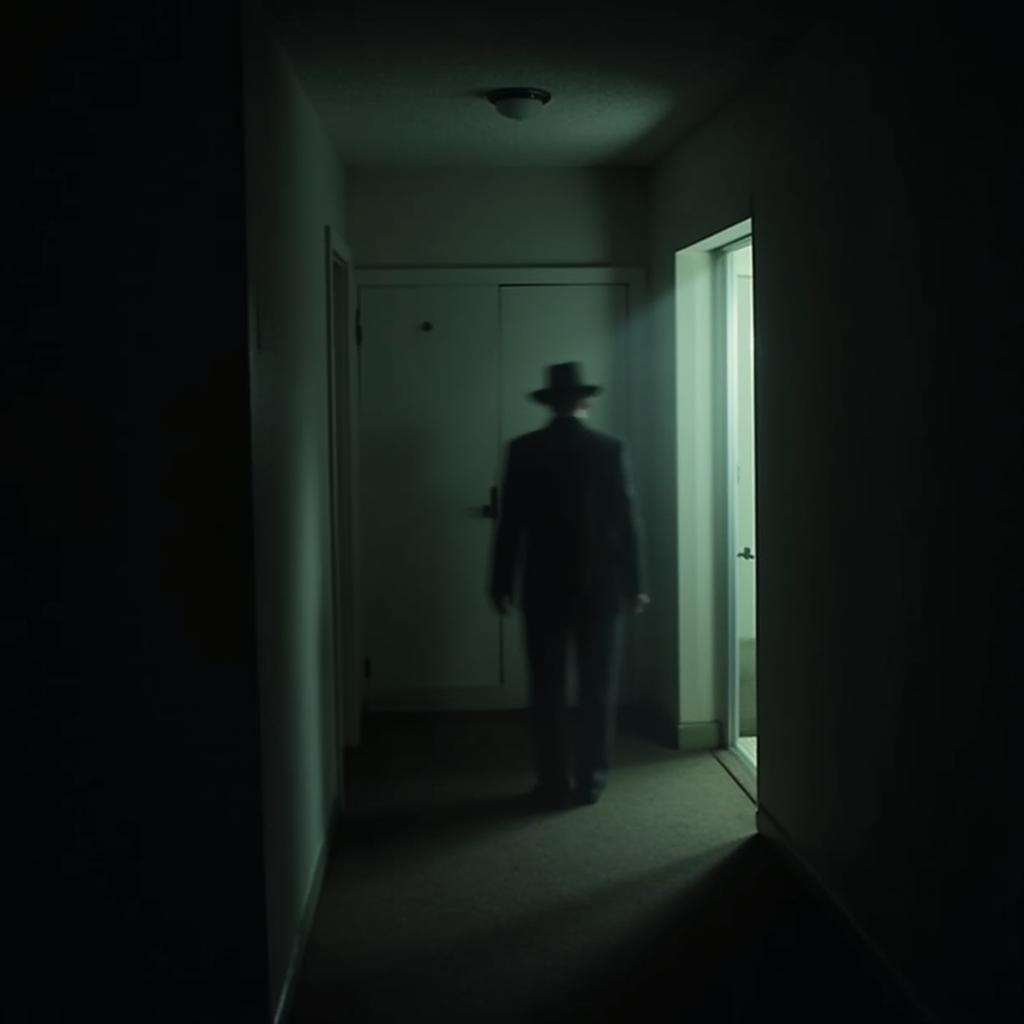When we delve into the world of paranormal research, the quest for truth becomes as elusive as the phenomena we seek to understand. It’s all too easy for our personal beliefs, expectations, and even cultural biases to cloud our judgment, leading to skewed interpretations of evidence and flawed conclusions. These biases, whether conscious or unconscious, are what we call “research bias.” research bias examples can significantly impact the validity and reliability of any investigation, especially in a field as complex and subjective as paranormal research.
Understanding the Different Types of Research Bias
Before we dive into specific examples, it’s important to recognize the various forms that research bias can take. Each type presents its own unique challenges and can manifest in subtle ways, making them difficult to detect and address. Here are a few common types:
1. Confirmation Bias: Seeking Answers We Want to Believe
Perhaps the most prevalent type of bias, confirmation bias, is our natural tendency to favor information that confirms pre-existing beliefs while dismissing contradictory evidence. For instance, a researcher convinced of ghostly apparitions might interpret any unexplained noise or visual anomaly as evidence supporting their belief, overlooking other plausible explanations.
2. Observer-Expectancy Bias: Influencing Outcomes Unintentionally
Imagine setting up an experiment to study psychokinesis, the ability to move objects with the mind. If the researcher conducting the experiment strongly believes in the participant’s abilities, they might unconsciously give subtle cues or interpret ambiguous movements as positive results. This phenomenon, known as observer-expectancy bias, highlights how our expectations can inadvertently influence the outcomes of a study.
 Confirmation Bias in Paranormal Research
Confirmation Bias in Paranormal Research
3. Selection Bias: Skewing the Sample Group
Let’s say we’re investigating the frequency of precognitive dreams, dreams that seem to predict future events. If we only interview individuals who claim to have vivid, prophetic dreams, our sample group is already skewed towards a specific outcome. This selection bias limits the generalizability of our findings and reinforces pre-existing assumptions about the phenomenon.
4. Reporting Bias: Highlighting the Extraordinary, Omitting the Ordinary
The pressure to publish groundbreaking findings or the desire to tell a captivating story can lead to reporting bias. Researchers might choose to emphasize astonishing anecdotes or statistically significant results while downplaying or omitting data that contradicts their narrative. This selective reporting can create a distorted view of the phenomenon under investigation.
Real-World Examples of Bias in Paranormal Research
History is rife with examples of how bias has shaped our understanding of the paranormal. From the infamous Cottingley Fairies photographs, later revealed as a hoax, to the misinterpretations of Electronic Voice Phenomena (EVP), the influence of bias is undeniable.
The Case of the Amityville Horror: A Cautionary Tale
The Amityville Horror, a story that has sent chills down spines for decades, serves as a prime example of a research report plagued by potential biases. While some investigators claimed to experience paranormal activity within the infamous house, others argued that these experiences could be attributed to psychological suggestion, environmental factors, or even outright fabrication by the homeowners seeking fame and fortune. This case exemplifies the importance of approaching such claims with a healthy dose of skepticism and a commitment to objective investigation.
Mitigating Bias in Paranormal Research
Acknowledging the pervasiveness of bias is the first step towards conducting more rigorous and trustworthy research. While completely eliminating bias might be impossible, implementing specific strategies can significantly reduce its impact:
- Blind and Double-Blind Studies: Just like in medical research, employing blind and double-blind methods, where either the participants or both the participants and researchers are unaware of certain aspects of the study, can help minimize observer-expectancy effects.
- Diverse Research Teams: Assembling teams with diverse backgrounds, beliefs, and areas of expertise can provide a broader range of perspectives and challenge ingrained assumptions.
- Replication and Peer Review: Encouraging the replication of studies and subjecting findings to rigorous peer review by experts in relevant fields helps ensure the validity and reliability of research.
- Critical Thinking and Skepticism: Perhaps the most crucial element is fostering a culture of critical thinking and healthy skepticism within the paranormal research community. Questioning assumptions, seeking alternative explanations, and remaining open to the possibility of being wrong are essential for objective investigation.
Conclusion
As we venture further into the enigmatic realm of the paranormal, recognizing and mitigating research bias is not just a matter of academic rigor; it’s about honoring the pursuit of truth. By understanding the different types of bias, recognizing its pervasive influence, and actively employing strategies to minimize its impact, we can strive to conduct more objective, reliable, and ultimately, meaningful Paranormal Research. While we may never have all the answers, approaching the unknown with a critical yet open mind is crucial for uncovering the mysteries that lie beyond our current understanding.
If you’d like to learn more about the nuances of research design and analysis, explore our articles on research implications examples and different kinds of research paper.
Need help with your paranormal investigation or want to share your experiences? Contact us at 0904826292, email us at research@gmail.com, or visit us at No. 31, Alley 142/7, P. Phú Viên, Bồ Đề, Long Biên, Hà Nội, Việt Nam. Our team is available 24/7 to assist you.